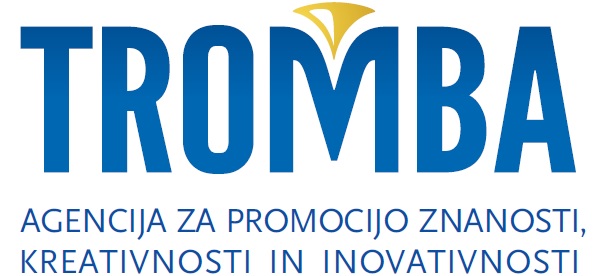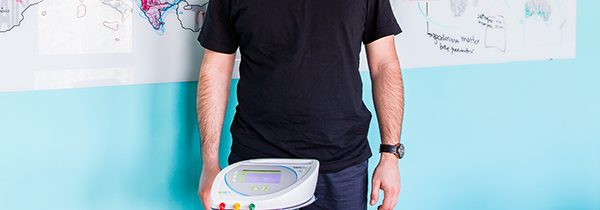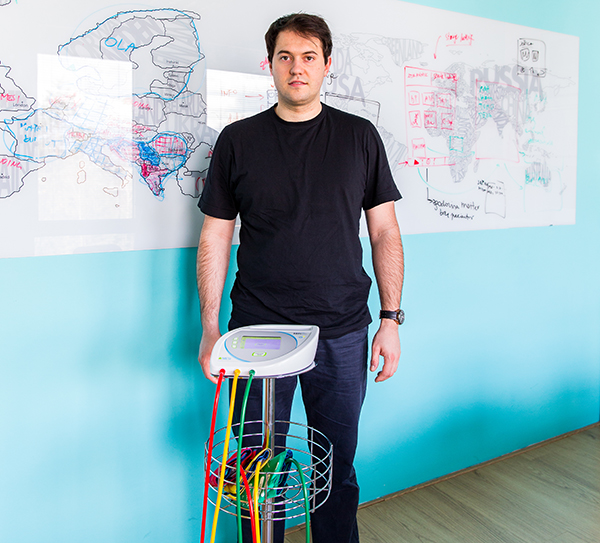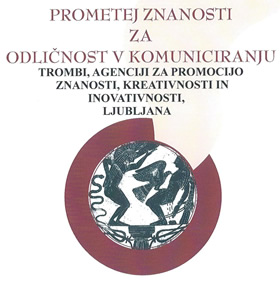MESI: Easy and fast diagnostics
Founded just over three years ago in Ljubljana, MESI Simplifying diagnostics is a company which focuses its business activities on developing innovative medical devices. The first project to establish the company in the market was a medical device for automated ankle-brachial index measuring designed to identify early peripheral arterial disease by means of the oscillometric method.
This innovative product earned the fast growing company several awards, among them the 2010 Rector’s Award for the Best Innovation of the University in Ljubljana, first prize at the 2011 Slovenian Innovation Forum, taking the company, in the same year, into the finals of the Start up Slovenija competition. In 2012, it was awarded the Gold Innovation Award by the Slovenian Chamber of Commerce and Industry, and it recently took first place at the 2nd Coinvest investing conference in Nova Gorica.
Mr. Jakob Šušterič, director and founder of MESI Simplifying diagnostics, answers questions from TROMBA.
Photo: Igor Domijan
According to your own words, everything started with the Texas Instruments competition in which you finished 2nd. Where did the competition take place?
The competition was held at our own alma mater – the Faculty of Electrical Engineering at the University in Ljubljana. Matija Podhraški, Tomo Krivc and I were 3rd year students of Electronics when we started developing the study prototype for our product. The development stage took us one study year. It was followed by a scientific article and a presentation video. Then the prototype was made and tested. The product was very promising and we decided to introduce it not only to the committee of the competition but also to practicing physicians.
How did the idea of making an automated ankle-brachial index measuring device come about in the first place?
The idea was proposed by physicians who deal with diagnosing peripheral arterial disease. Relying largely on the subjective interpretation of a qualified measurer, the diagnostics method that was being used at the time took more than 30 minutes. They were wondering whether there was a way to automate and simplify this method. Later on, the electrical engineers took over the development, transforming the idea into the final product.
What are the advantages of your automated ankle-brachial index measuring device?
It takes only 3 minutes for our measuring device to perform the ankle-brachial index measuring in order to diagnose peripheral arterial disease, while the previous, highly subjective method required manual measuring which took up to 30 minutes. With our measuring device, the measuring is automated, producing an objective result.
Your product is for sale in numerous countries around the world; where do you generate the largest part of your sales revenue?
Our sales numbers are particularly high in European countries, on account of the excellent prevention awareness on this matter. North America and Australia, which we will try to cover in 2014, display a similar attitude to prevention.
You also have a London branch, which is crucial for establishing yourself on the global market. How long has it been running?
We have been operating the London office for a year now. Two employees there are in charge of sales throughout the Commonwealth.
You regularly attend medical congresses and trade fairs in order to showcase your product. You have also attended the MEDICA trade fair in Düsseldorf. How was the feedback?
The feedback from MEDICA was great. We made many new contacts with potential distributors from markets where we are not yet present. In fact, we are in the middle of concluding an agreement with Polish distributors that we had met at MEDICA.
What will you showcase at CeBIT in March?
Europe’s largest IT fair will see us showcasing our diagnostics system which is designed to detect the most common conditions by screening patient’s vital signs on their wrist and chest, also enabling the smart saving of his/her medical history, and other diagnostics modules in their home environment. The system will send alarm signals and data to the physician, on the basis of which the physician will be able to remotely suggest treatment, prescribe medications or refer the patient to specialists for additional examinations.
You mentioned that you are currently operating on “three fronts” – in the USA, France and Germany. Could you perhaps give us a brief description of the American development project that involves the medicine of the future?
It is about a medical device for home use that will be able to diagnose 16 different conditions, continually monitoring 5 vital signs. This device will help us reduce waiting times in healthcare, cut down the number of incorrect referrals and facilitate diagnostics. As a result, treatment will be more effective, less costly, enhancing the quality of life. The system is being designed in collaboration with Gigodesign, Domenca Labs, the Jožef Stefan Institute, the Faculty of Electrical Engineering and Faculty of Medicine at the University in Ljubljana. Thirty teams are working on the project, of which only one will be awarded 7 million US dollars for its development efforts.
France is attracting foreign innovators as part of the Innovation 2030 framework. Could you tell us more about this?
That’s right. France is attracting foreign investment projects to solve some of the issues that French society is facing. This included issues regarding the elderly such as inaccessibility of healthcare services, immobility, chronic diseases, etc. Our contribution to the solution is a system that will be able to diagnose 16 different conditions by screening 5 vital signs.
Talks with investors in Germany whose support you need to develop your new products are also underway?
This year will see us launch two new sets of products. The first set is aimed at professional diagnostics, and the second at home diagnostics. Each product requires large investments to complete the development, launch production and, naturally, to market and sell the items on a global scale. We are looking for an investor who can secure us an adequate presentation on the market. Current discussions with German investors seem to be promising.
You founded MESI Simplifying diagnostics, which now employs a staff of 15, in your 3rd year at University, when you were a 22-year-old student of Electrical Engineering. Did you parents instil in you the entrepreneurial spirit?
My mother and father work in agriculture. However, to be a successful farmer you need to be enterprising and hardworking. These are the values I was taught by my parents.
You spent your childhood on a farm, where you had to work hard, while evenings were reserved for studying. Good work ethics and values that were ingrained in you as a child are an invaluable foundation to build your life on. Do you think children today, especially in urban areas, are given too little opportunities or incentive to work and help with chores?
I believe that all of us, both children from rural areas as well as children from urban areas, are provided with the same opportunities. We all have the ability to think proactively, to participate in education, everyone’s day has 24 hours and we all have two hands. It is just a matter of using what you’ve got in the right way, and then you can secure yourself a successful life.
In your opinion, are there enough possibilities and opportunities in Slovenia for the development of technological innovations?
Yes, there are. We have excellent research organisations, a good education system and natural prerequisites. Perhaps what we need is a little more courage and the realisation that we have what it takes to keep up with other nations.
Mojca Vizjak Pavšič, PhD







